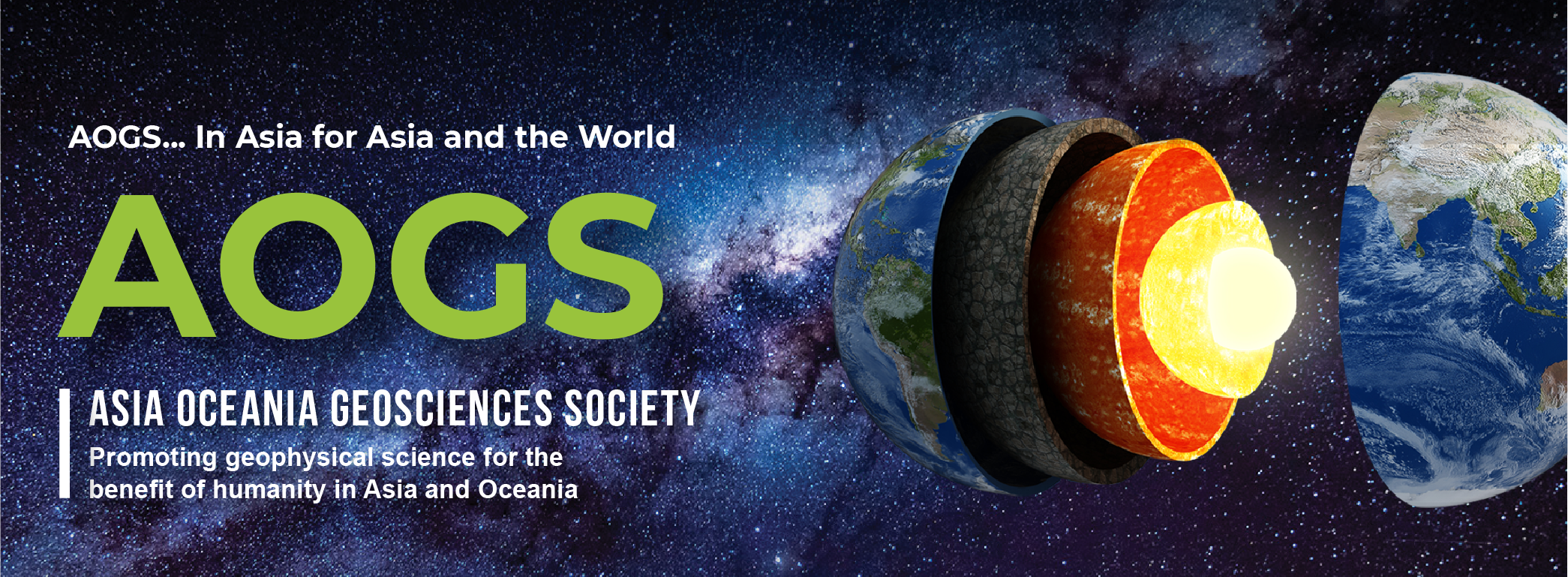

| Session Details | |
| Section | AS - Atmospheric Sciences |
| Session Title | Atmospheric Chemistry in Highly Polluted Environments: Emissions, Fate, and Impacts |
| Main Convener | Prof. Jianlin Hu (Nanjing University of Information Science & Technology, China) |
| Co-convener(s) | Dr. Hongliang Zhang (Louisiana State University, United States) Dr. Sri H. Kota (Indian Institute of Technology Guwahati, India) Dr. Qi Ying (Texas A and M University, United States) |
| Session Description | Due to the rapid growth of economy and fossil fuel consumption and lack of emission controls, Many Asian regions have experienced substantially elevated concentrations of air pollutants, such as China, India, and Southeast Asia. High concentrations of air pollutants have significant impacts on public health and also play an important role in the climate system. Understanding the emissions, fate, and impact of high air pollution in these regions is essential for designing effective control strategies. In the many highly polluted regions, large amount of anthropogenic emissions from industrial and/or residential activities are mixed with biogenic emissions, wind-blown dust, and biomass burning, then undergo complex atmospheric chemistry processes and form secondary pollutants such as ozone and particulate matter. Many studies suggested that high pollution formation is much faster in these regions and cannot be completely explained by knowing atmospheric chemistry, indicating additional chemistry processes in highly polluted environments, which are likely associated with the complex emission sources, unique climate and topography. Progress has been made in several aspects, such as additional sources and formation pathways of atmospheric radicals, heterogeneous reactions on particle surface for sulfate and organic aerosol formation. Studying atmospheric chemistry in highly polluted environments involves field measurements, lab experiments, and numeric modeling. It will advance our scientific understanding of the formation processes, improve our knowledge in sources of air pollutants, help develop air pollution control strategies for protecting public health and climate in these regions. |